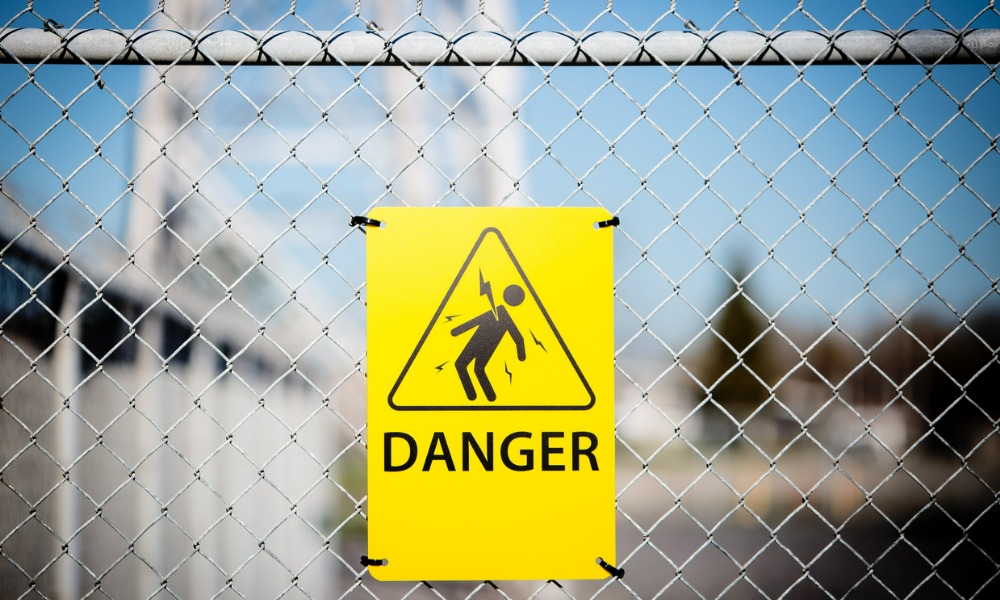Electrocution is one of the leading causes of fatalities in the construction industry

In April 2021, three workers at the Olymel plant in Quebec were injured with second- and third-degree burns. The workers were exposed to an electric arc while trying to fix a breaker. The province’s health and safety regulator revealed in their investigation report in February 2022 that the assessment process into the electrical risks that the injured workers were exposed to had been deficient.
A 2019 Ontario electrical safety report revealed that from 2010 to 2019, 52 people have died from electrocution (non-intentional death caused by contact with electricity) or by the effects of electrical burns. In addition, 83 have died as a result of electrical fires.
In the U.S., electrocution is one of the leading causes of fatalities in the construction industry (134 electrocution were reported in the U.S. in 2015 alone).
Electrical safety is a huge deal in the workplace, and can affect workers in such a wide range of occupations. While in some jobs workers may be directly in contact with electricity (utilities workers for example), most workers are in contact with electrical equipment in some capacity such as workers sitting behind computers in the office or at home.
Common causes
So what exactly are the most common causes of electrical accidents? Coming into contact with power lines is a huge issue – and in mainly a concern for those in the utilities or construction industries. Workers can, of course, be electrocuted, but they can also suffer from other injuries such as severe burns or falling from heights.
Problems with exposed wires or breaks in insulation can also create huge hazards. In addition, if the power supply for electrical equipment isn’t properly grounded (or if the path has been broken), this can also be incredibly dangerous for workers. Lastly, not using equipment as it should be is also a big no-no.
Tips and tricks
How can workplaces avoid electrical hazards?
First of all, it is essential to have regular inspections of power boxes, breakers and switches. Have a licensed electrician or qualified employee periodically check all equipment – this includes checking for signs of aging or wear and tear which can lead to serious incidents.
In addition, workers should be educated on the safe use of all electrical equipment. If workers are brough into contact with any electrical equipment, they should be trained on how to properly use and store it, and also on the dangers associated with it.
Thirdly, train the workers related to the signs of an electrical hazard. Further to the previous point, workers may not be fully aware of what hazards exist, and how they manifest. Because electricity is so integral to most workplaces, we may forget the very real dangers that exist. What does electrocution look like? What does an electrical arc look like? These are things that workers need to know.
And then lastly, have a consistent maintenance performed by a licensed electrician. Going back to the first point, consistency is key. Make sure that all electrical appliances and equipment are being properly cared for and maintained – and replaced when necessary.
Broadly, workplaces should always promote electrical safety in the workplace because of the prevalence of contact with electrical equipment, and the severity of the consequences if something goes wrong.





